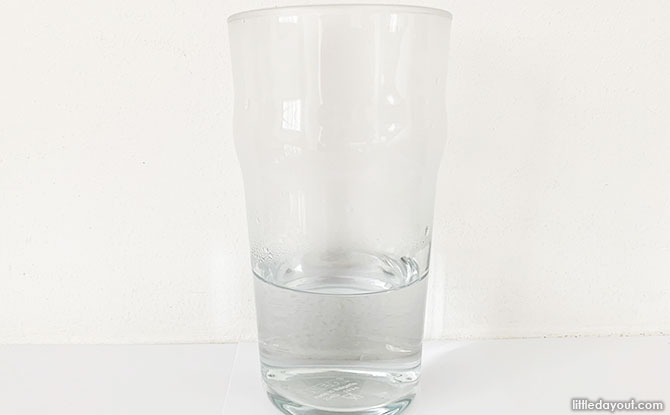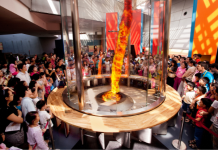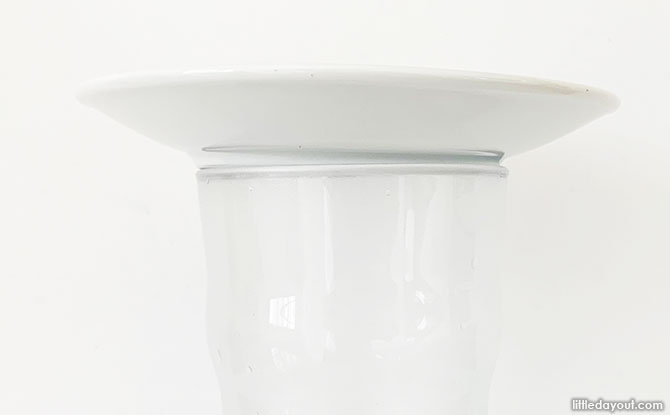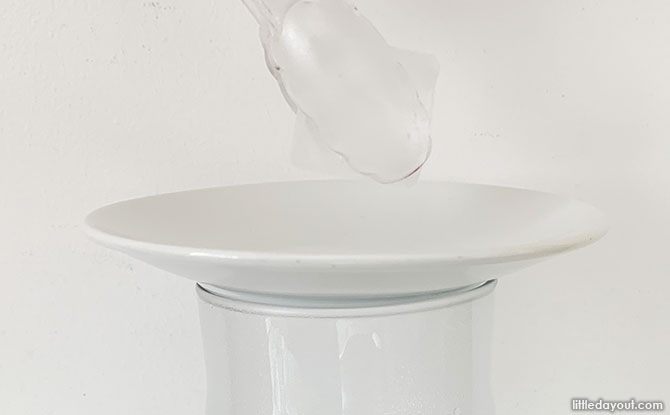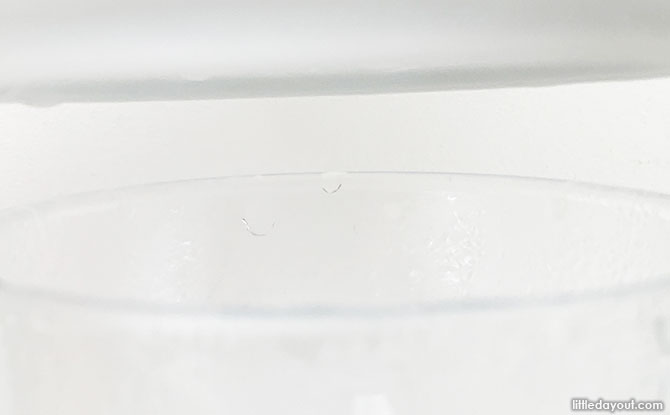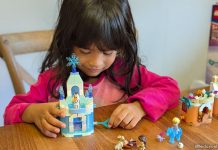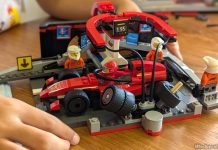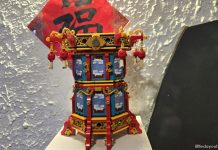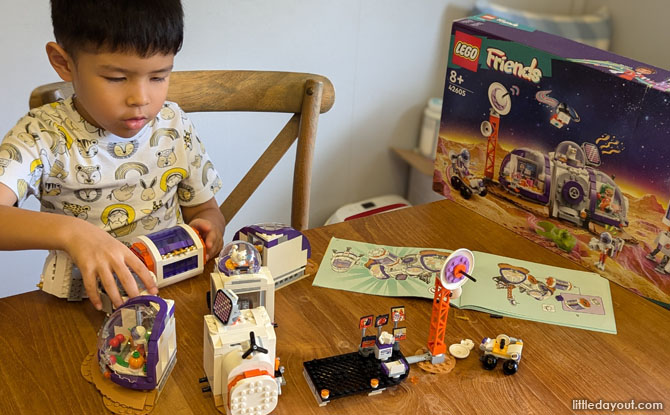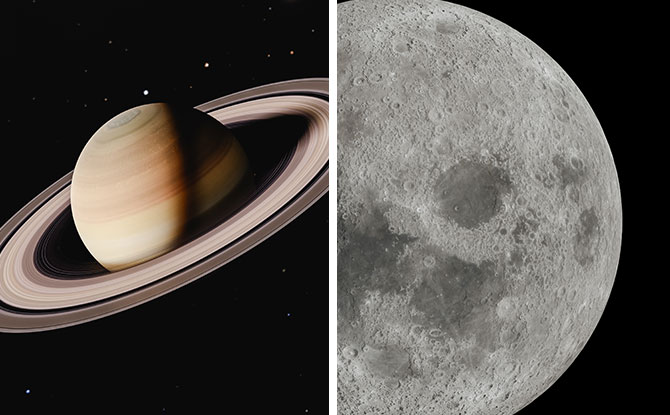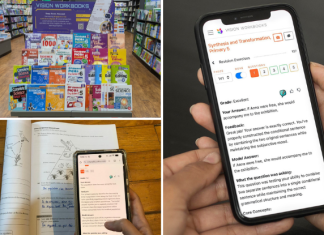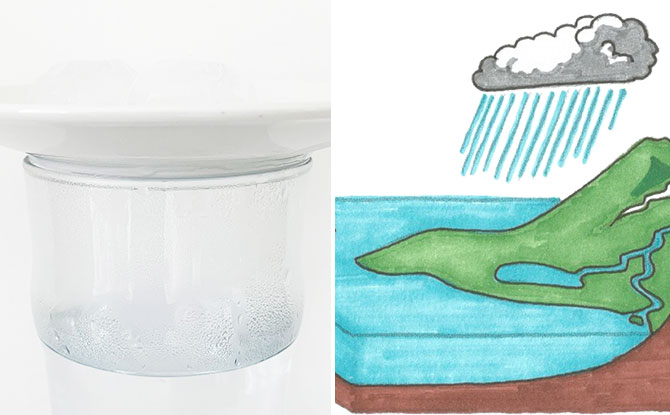
In this science experiment, we will demonstrate how rain is formed by making it rain in a glass.
Rain in a Glass Science Experiment
For this experiment, we need a clear glass, some hot water (adults should supervise this part), a plate and some ice cubes.
Start by filling up the glass halfway with hot water. Adults should be the ones filling up the glass.
CARNIVAL OF CHRISTMAS CHEER: Celebrate and Win at Plantation Plaza and Northshore Plaza!
SNOW MUCH TO CELEBRATE: Christmas Fun at The Centrepoint
Next, cover the glass with a plate and let it stand for around three minutes. You may already start to notice condensation forming on the sides of the glass. You can also observe steam rising up from the water’s surface.
For the next step, take four to six ice cubes and place them on the plate.
After a while, you will be able to observe droplets running down the side of the glass.
For more dramatic effect, you can try to lift up the plate and a bunch of water droplets should fall off – just like rain!
What’s Happening? The Science of the Water Cycle
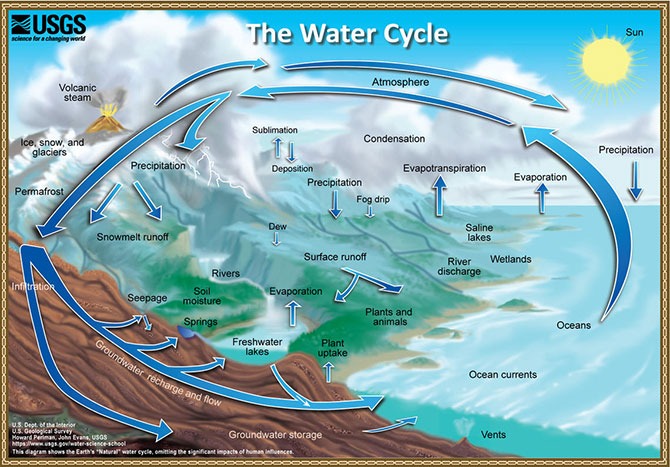
The hot water in the cup is just like a water body such as a lake or on a hot day. Heat causes the water to change into water vapour which rises up with the less dense hot air.
Water vapour that comes into contact with a cool surface, such as the plate, it turns back into water droplets. This is known as condensation and happens when the temperature of the water reaches dew point.
Clouds in the sky are made up of liquid water droplets or solid ice crystals, just like the water collecting on the underside of the plate in our experiment.
When enough water droplets come together, they become heavy enough to fall back to the ground. This is what we know of as rain.
The rain falls back into bodies of water on Earth. This then gets heated up by the sun, causing it to rise and the process takes place all over again. This is known as the water cycle.


